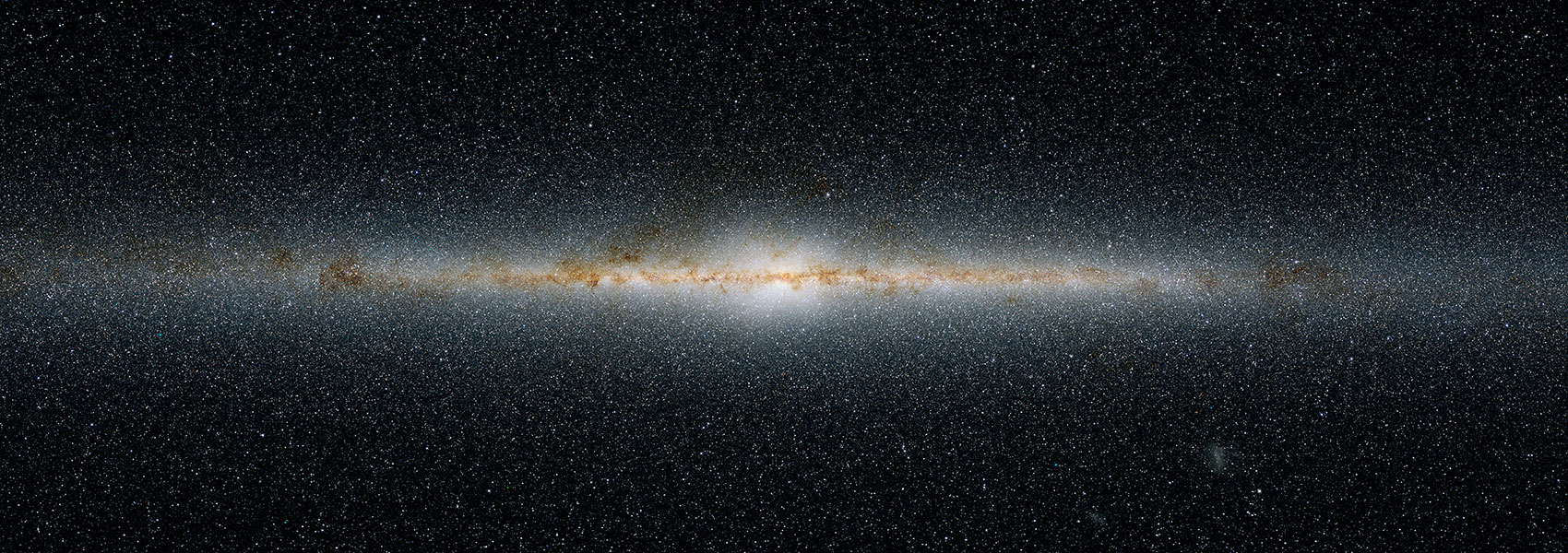October
2015
•
2015ApJ...812..109P
Authors
•
Placco, Vinicius M.
•
Beers, Timothy C.
•
Ivans, Inese I.
•
Filler, Dan
•
Imig, Julie A.
•
Roederer, Ian U.
•
Abate, Carlo
•
Hansen, Terese
•
Cowan, John J.
•
Frebel, Anna
•
Lawler, James E.
•
Schatz, Hendrik
•
Sneden, Christopher
•
Sobeck, Jennifer S.
•
Aoki, Wako
•
Smith, Verne V.
•
Bolte, Michael
Abstract
•
We present an elemental-abundance analysis, in the near-ultraviolet (NUV) spectral range, for the bright carbon-enhanced metal-poor (CEMP) stars HD 196944 (V=8.40, [Fe/H] = -2.41) and HD 201626 (V=8.16, [Fe/H] = -1.51), based on data acquired with the Space Telescope Imaging Spectrograph (STIS) on the Hubble Space Telescope. Both of these stars belong to the sub-class CEMP-s, and exhibit clear over-abundances of heavy elements associated with production by the slow neutron-capture process. HD 196944 has been well-studied in the optical region, but we add abundance results for six species (Ge, Nb, Mo, Lu, Pt, and Au) that are only accessible in the NUV. In addition, we provide the first determination of its orbital period, P = 1325 days. HD 201626 has only a limited number of abundance results based on previous optical work—here we add five new species from the NUV, including Pb. We compare these results with models of binary-system evolution and s-process element production in stars on the asymptotic giant branch, with the goal of explaining their origin and evolution. Our best-fitting models for HD 196944 ({M}1,i=0.9{M}⊙ , {M}2,i=0.86{M}⊙ , for [Fe/H] = -2.2), and HD 201626 ({M}1,i=0.9{M}⊙ , {M}2,i=0.76{M}⊙ , for [Fe/H] = -2.2; {M}1,i=1.6{M}⊙ , {M}2,i=0.59{M}⊙ , for [Fe/H] = -1.5) are consistent with the current accepted scenario for the formation of CEMP-s stars.
The data presented herein were obtained with the (i) NASA/ESA Hubble Space Telescope, obtained at the Space Telescope Science Institute, which is operated by the Association of Universities for Research in Astronomy, Inc., under NASA contract NAS 5-26555. (These observations are associated with program GO-12554, data sets OBQ601010-30 and OBQ602010-30.); and (ii) W. M. Keck Observatory, which is operated as a scientific partnership among the California Institute of Technology, the University of California and the National Aeronautics and Space Administration. (The Observatory was made possible by the generous financial support of the W. M. Keck Foundation.)
Links



